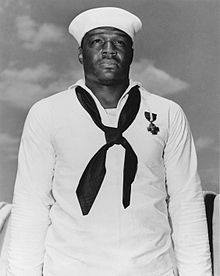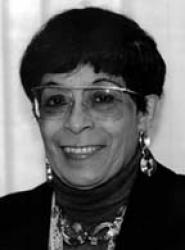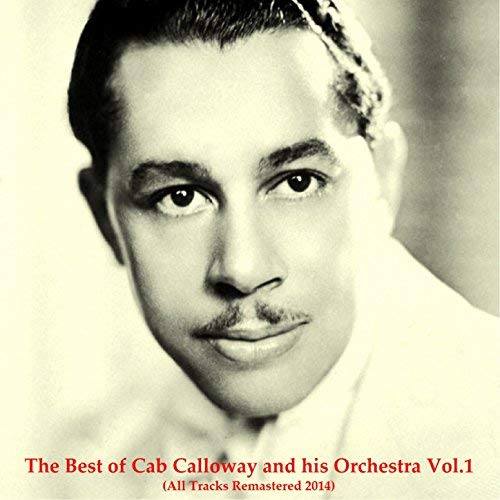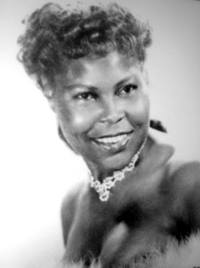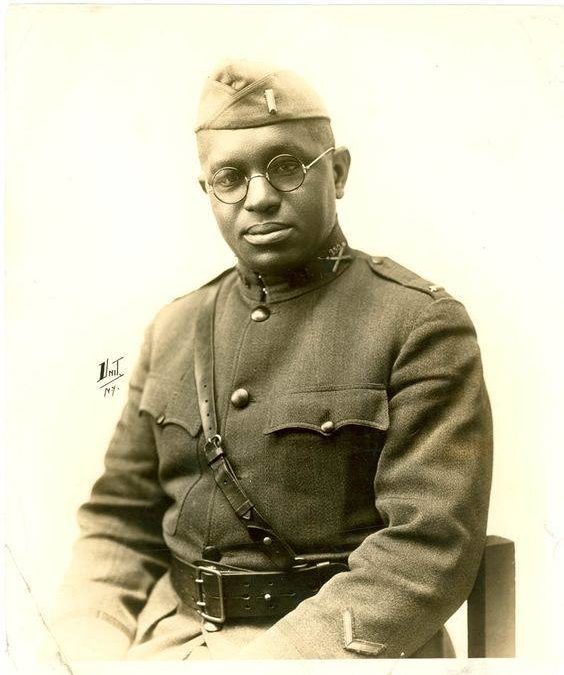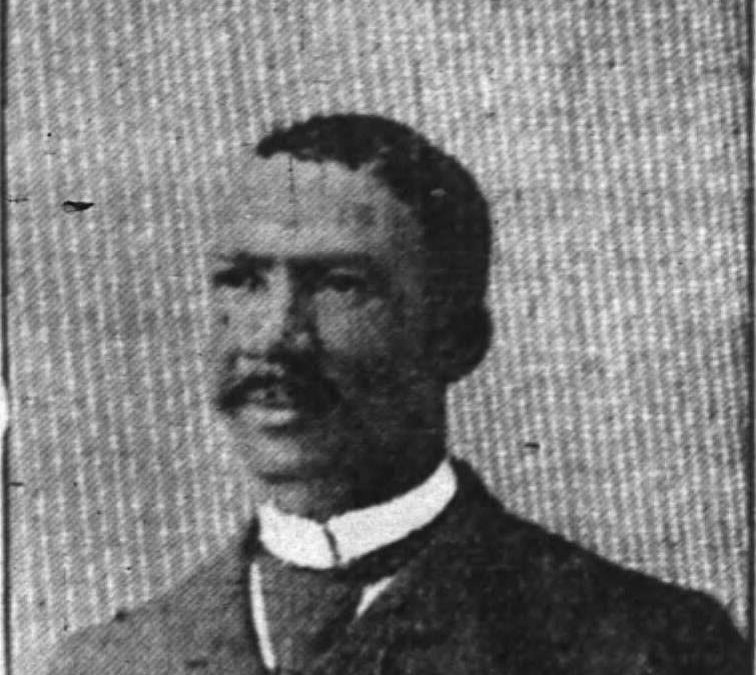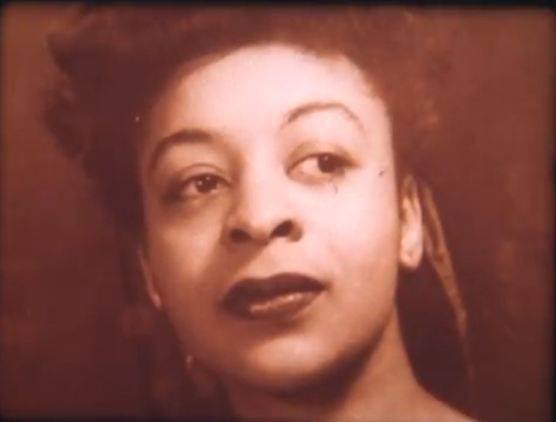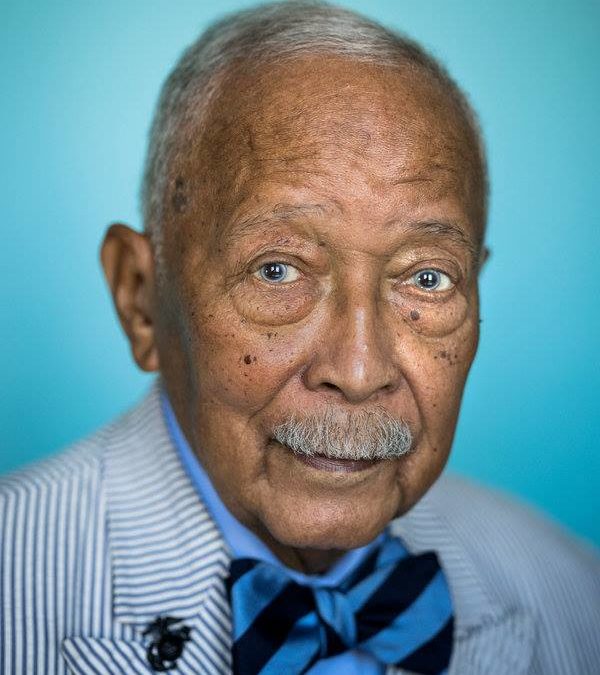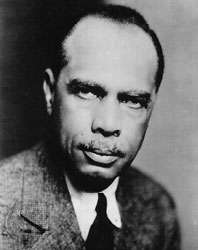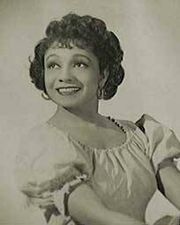GM – FBF – Today’s story is about one of the great female
pioneers of entertainment. She was so focused that she raised her children as a
single parent and still finished her college which is tough during any era but
in the 30’s was hard. Both Hollywood and New York Theater was honored with her
talents, she mentored young black women, was a civil rights advocate and spent
time in countries in Africa. She was the first Black Female entertainer to
perform at the White House and lived to the age of 102. Enjoy!
Remember – “ I would not accept that my talents were not going
to be seen because I was black, I got most of what I sat out for and I am at
peace” – Etta Moten Barnett
Today in our History – November 5, 1901 – Etta Moten Barnett was
born.
Etta Moten Barnett, singer, actress, civic activist and
humanitarian, was born Nov. 5, 1901 to Rev. Freeman F. Moten and Ida Norman
Moten in Weimar, Texas. As the daughter of an African Methodist Episcopal
minister and a schoolteacher, the church and education were central to Etta
Moten Barnett’s upbringing. As early as 10 years old, Barnett instructed Sunday
school in her father’s church and performed in the church choir. Barnett was
educated at Paul Quinn College’s secondary school for children in Waco, Texas,
where she had received a full scholarship in singing. When her father was
transferred to a church in Los Angeles in 1914, Barnett attended school there
for two years. The family then moved to Kansas City, Kan., and she went to high
school at Western University (a high school and junior college combined) in
Quindaro, Kan.
At age 17, while attending Western University, Etta met and
married Lieutenant Curtis Brooks – a former teacher – and moved to Oklahoma.
Together she and Brooks had three daughters: Sue, Gladys and Etta Vee. After
six of years of marriage, they divorced and she and her children returned to
Kansas. Upon her return, Barnett enrolled in the University of Kansas. With her
parents’ help raising her daughters, Barnett studied voice and drama and spent
her summers touring with Jackson Jubilee Singers, a popular gospel group in
Kansas, to pay her way through school. She also hosted a university radio
program, where she sang gospel and popular music, and formed a quartet similar
to the Jubilee Singers, which also performed on the university radio station.
Barnett received a bachelor of fine arts degree in 1931.
Following graduation, Barnett joined the Eva Jessye Choir of New York. She also
appeared on the professional stage in the Fast and Furious , an all-black
musical revue written by Zora Neale Hurston, and another musical called Zombie
. Zombie played in New York for two months, then toured to Chicago and
California. Among Barnett’s other Broadway credits are Sugar Hill and
Lysistrata .
When Zombie closed in California in 1932, Barnett decided to
audition for film roles in Hollywood. However, at this time, because few parts
were available to African American actresses, she found work dubbing vocals for
Barbara Stanwyck in Ladies of the House (1932) and Ginger Rogers in
Professional Sweetheart (1933). Finally, in 1933, Barnett received her first
on-screen part singing “My Forgotten Man” in The Gold Diggers of 1933 . From
this film appearance, Barnett won national acclaim for her musical talent,
received invitations for lectures and concerts, and in 1934 was invited by
Eleanor Roosevelt to sing “My Forgotten Man” at a birthday celebration for
President Franklin D. Roosevelt—becoming the first African American woman to
perform at the White House.
Barnett was also offered another on-screen singing role in
Flying Down to Rio (1933) with Fred Astaire and Ginger Rogers. In this role,
she appeared as a Brazilian singer and sang “The Carioca,” which was nominated
for an Academy Award for best song.
In 1934 she married Claude Barnett, founder and director of the
Associated Negro Press. She met Barnett in Chicago in 1931 on her way to New
York City. Once married, Etta and her three daughters, who had remained in
Kansas City with her parents, moved to Chicago to live with Claude. Her
daughters eventually changed their surname and were adopted by Barnett. Etta
and Claude remained married until his death in 1967.
In 1942 Barnett returned to New York to play the part of Bess in George
Gershwin’s opera, Porgy and Bess . Gershwin reportedly wrote the role of Bess
with Barnett in mind, but when offered the role Barnett graciously declined the
part because it required a soprano. Finally, seven years after the opera’s
rather inauspicious Broadway debut in 1935, Barnett agreed to take the role in
a 1942 revival. With Barnett in the role of Bess, the opera gained critical and
commercial acclaim. It ran for one year on Broadway and then toured throughout
the United States and Canada until 1945.
In addition to her accomplishments in Hollywood and on the
Broadway stage, she hosted her own radio shows, “Etta Moten Sings,” “Etta Moten
– with Music and Conversation” and “I Remember When;” performed with the Duke
Ellington Orchestra, the New York Philharmonic and the Chicago Symphony; was a
soloist on Meredith Wilson’s radio show, “Carefree Karnival;” and served as
community relations director for Chicago station WNUS.
Barnett’s influence was not limited to the artistic sphere; she
also devoted considerable time to civic affairs, such as the African American
Institute (AAI), the Chicago Council on Foreign Relations, the Chicago Lyric
Opera, the DuSable Museum, the Field Museum, the South Side Community Art
Center, the National Association for the Advancement of Colored People, the
National Conference of Christians and Jews and the National Council for
Community Services to International Visitors. She was active in women’s issues
as a member of Alpha Kappa Alpha sorority, the Links, the National Council of
Negro Women, the Women’s Board of the University of Chicago and the Women’s
Board of the Chicago Urban League. She was also involved in the International
Women’s Year and United Nations Decade for Women World Conference activities
and events throughout the 1970s and 1980s.
Along with her husband, Barnett supported African independence
and progress. Together they traveled many times to Africa, often as part of
official United States delegations to independence ceremonies and presidential
inaugurations for Ghana, Nigeria, Zambia and Lusaka. In 1958, along with her
husband, Barnett attended the All African People’s Conference. She was present
at the All African Women’s Conference in 1960. Barnett participated in the
Delta International of the Diaspora, a Delta Sigma Theta program to study the
lives of people of African descent throughout the world, and represented the
AAI as part of the women’s task force in Africa. In 1988 she received a
citation from AAI recognizing her many years of service to Africa.
From the Barnetts’ visits to Africa, they amassed an impressive
private African art collection. According to one Chicago Tribune reporter, who
toured Barnett’s home in the 1990s, “Africa is far more evident than Broadway
or Hollywood. In every one of Moten’s 14 rooms, the decor is punctuated with
masks and sculptures, ivory and good-luck charms from Benin to Zimbabwe.”
In addition to her AAI citation, Barnett received a citation of
merit from the University of Kansas in 1943; a citation for service from the
National Association of Business and Professional Women in 1958; a citation in
recognition for contributions to Afro-American Music from Atlanta University in
1973; and a 1974 citation from WAIT for her contributions to the City of
Chicago. In 1979 she was inducted into the Black Filmmakers Hall of Fame. She
also was the recipient of a Living Legend Award from the National Black Arts
Festival, the Order of Lincoln Medallion from the state of Illinois and a host
of honorary degrees (Atlanta University in 1976, Spelman College in 1983,
University of Illinois in 1987, and Lincoln University in Pennsylvania and
North Carolina Central University, both in 1989).
She considered her 100th
birthday (attended by Harry Belafonte, Studs Terkel, and about 400 others) as
her life’s high water mark so no elaborate funeral arrangements were made. She
suggested that donations could be given to Chicago’s Second Presbyterian Church
Restoration Fund.
After a protracted struggle with pancreatic cancer, Barnett died on Jan. 2,
2004, at the age of 102. Research more about Black female entertainers and
share with your babies. Mak eit a champion day!

